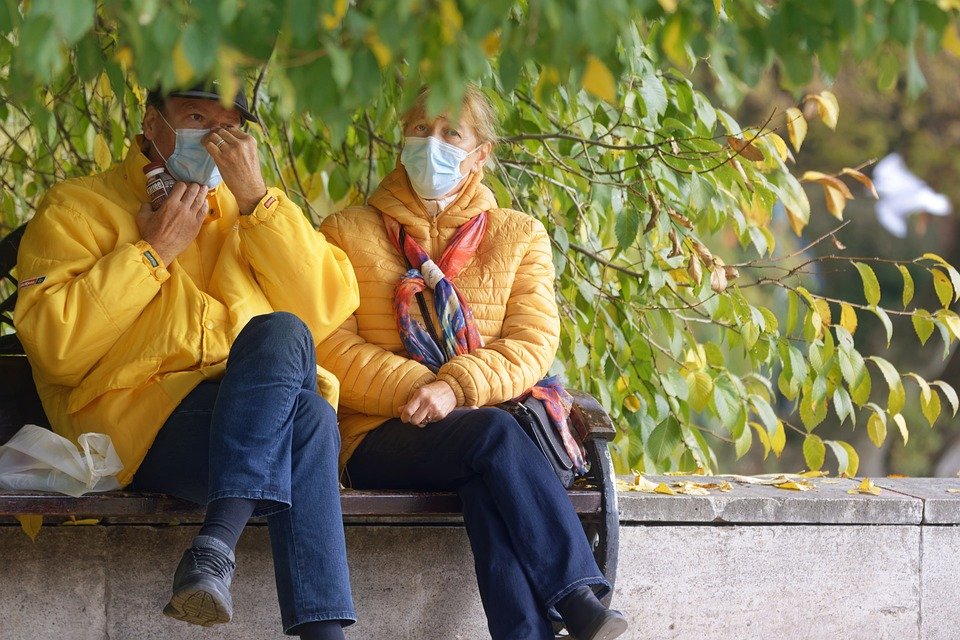
Mutations are changes in the genetic material of an organism, whether it be a plant, animal, or human. These changes can be caused by various factors, such as exposure to radiation, chemicals, or even mistakes that occur during the process of DNA replication. While mutations are often thought of in a negative light, as they can lead to genetic disorders or diseases, they are also a crucial driving force behind evolution.
Evolution is the process by which species of organisms change over time, leading to the diversity of life we see on Earth today. Mutations play a vital role in this process, as they provide the genetic variation that natural selection acts upon. Natural selection is the mechanism by which certain traits become more common in a population over time, as individuals with those traits are more likely to survive and reproduce.

One of the key concepts in understanding the role of mutations in evolution is the idea of genetic fitness. Genetic fitness refers to an organism’s ability to survive and reproduce in a given environment. Mutations can either increase or decrease an organism’s genetic fitness, depending on the nature of the mutation and the environment in which the organism lives.
For example, a mutation that confers resistance to a particular disease may increase an organism’s genetic fitness in an environment where that disease is prevalent. On the other hand, a mutation that causes a genetic disorder may decrease an organism’s genetic fitness, as it may reduce the individual’s ability to survive and reproduce.

In addition to natural selection, mutations can also lead to genetic drift. Genetic drift is a random process that can cause changes in the frequency of certain alleles (different forms of a gene) in a population. This can occur when a small population undergoes a bottleneck event, such as a natural disaster, which reduces the genetic diversity of the population.
Mutations can also lead to the formation of new species through a process known as speciation. Speciation occurs when a population of organisms becomes reproductively isolated from other populations, leading to the formation of distinct species. Mutations that result in changes to reproductive structures or behaviors can play a crucial role in the process of speciation.

One of the most well-known examples of the role of mutations in evolution is the development of antibiotic resistance in bacteria. Bacteria can acquire resistance to antibiotics through mutations that confer an advantage in the presence of the drug. Over time, these resistant bacteria can become more common in a population, leading to the spread of antibiotic-resistant strains.
In addition to bacteria, mutations can also play a role in the evolution of other organisms, including plants and animals. For example, mutations that result in changes to the coloration of a plant’s flowers may attract different pollinators, leading to the formation of new species. Similarly, mutations that affect the size or shape of an animal’s beak may allow it to exploit new food sources, leading to the formation of new species.
In conclusion, mutations are a key driver of evolution, providing the genetic variation that natural selection acts upon. While mutations can have negative consequences, such as the development of genetic disorders, they are also essential for the diversity of life on Earth. By understanding the science of mutation, we can gain insight into the mechanisms that shape the evolution of organisms and the world around us.

Discover more from Bibliobazar Digi Books
Subscribe to get the latest posts sent to your email.


